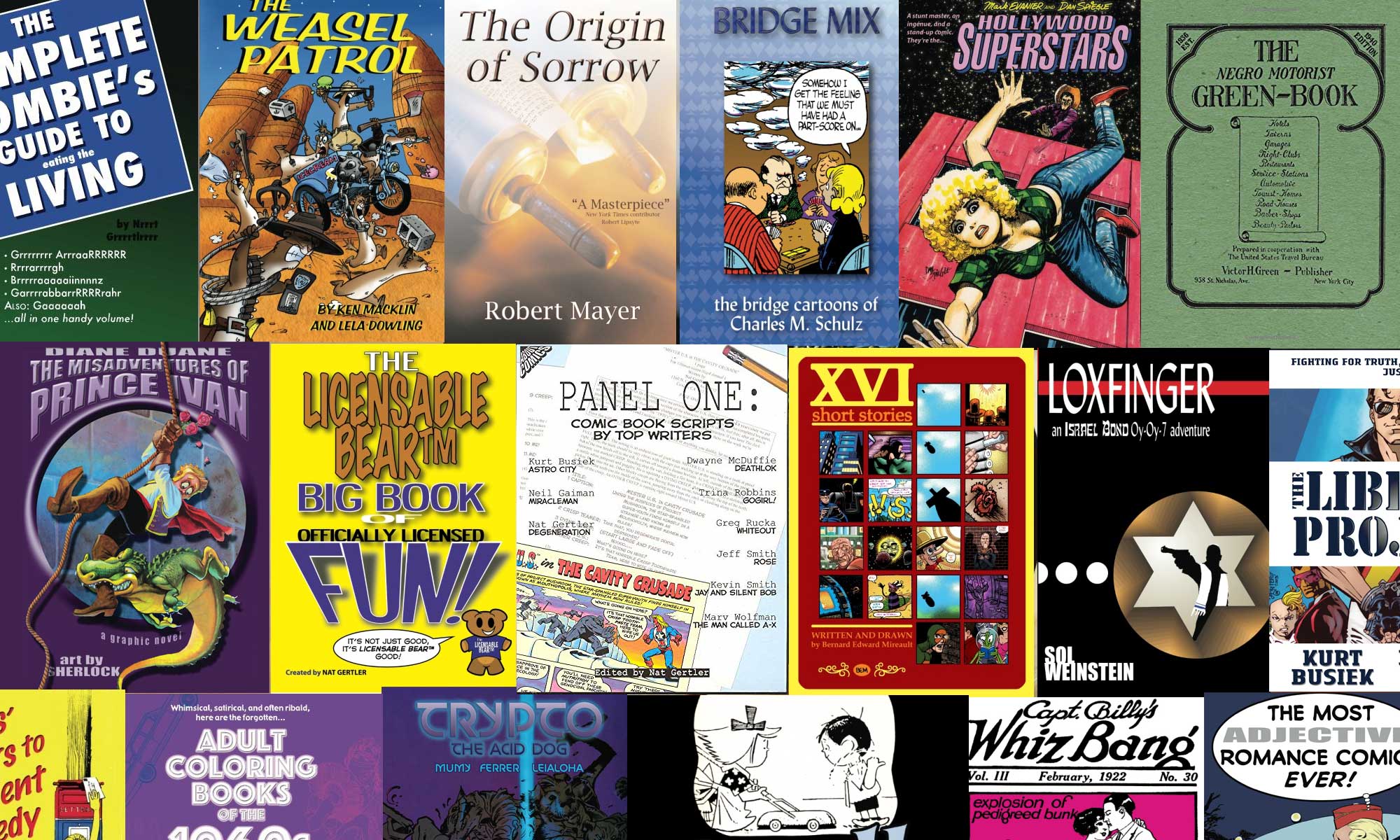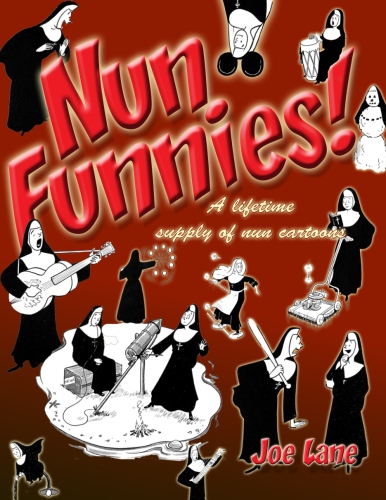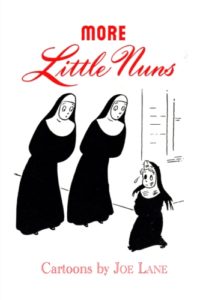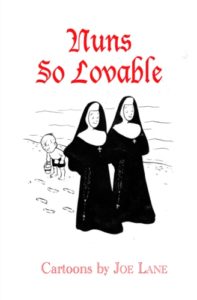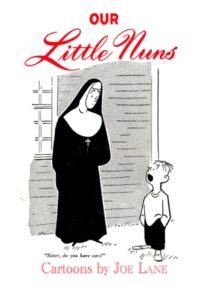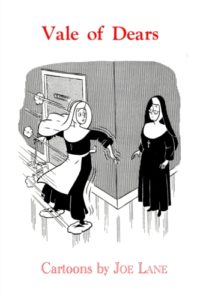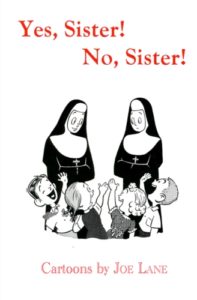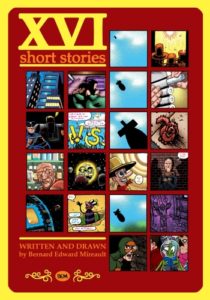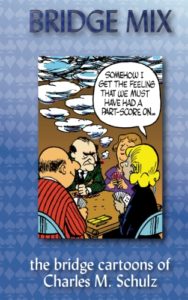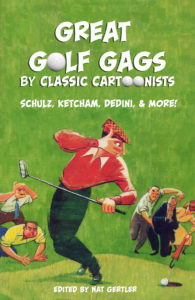 For twentieth century cartoonists, while art may have been their calling, golf was almost always their obsession. Much of the time spent away from the drawing board was spent on the links, with all the frustrations and quirky habits that come from trying to get a tiny ball into a distant hole. Little wonder that so many combined their vocation and their avocation, drawing cartoons that found the funny side of the game and the people who play it.
For twentieth century cartoonists, while art may have been their calling, golf was almost always their obsession. Much of the time spent away from the drawing board was spent on the links, with all the frustrations and quirky habits that come from trying to get a tiny ball into a distant hole. Little wonder that so many combined their vocation and their avocation, drawing cartoons that found the funny side of the game and the people who play it.
About Comics has just released a new book collecting golf cartoons from some of the most respected names in cartooning. Great Golf Gags by Classic Cartoonists includes cartoons by six top names of the newspaper and magazine cartooning world: “Peanuts” creator Charles M. Schulz, Playboy cartoonist Eldon Dedini, Dennis the Menace creator Hank Ketcham, “Two Little Nuns” and “Golf Fore Fun” cartoonist Bill O’Malley, “Big George” creator Virgil Partch, and Gus Arriola, creator of “Gordo.” Most of these cartoons are available nowhere else, often not having seen print in half a century.
“Most of these cartoons were created to celebrate the annual Pro-Am charity golf tournament that Bing Crosby used to host,” explains Nat Gertler, editor of the volume. “The tournament was very cartoonist-friendly, with various cartoonists being included in the lineup of celebrity amateur players. Starting before the launch of ‘Dennis the Menace; and going on for years after, Hank Ketcham handled the design and coordination of the tournament’s souvenir program. So it’s really not a surprise that the programs began including a fair number of cartoons… a tradition launched while Ketcham was handling the program in the 1950s and continued well into the 1980s.”
Golf tournament programs are not the only source for the cartoons. In additions to the cartoons that Schulz created for the Crosby “clambake” (as it was less formally known), there are also dozens of golfing cartoons that he did for “It’s Only a Game”, a feature that ran in newspapers in the late 1950s.
Eldon Dedini brings both his line-art cartooning and the lusher style he used in Playboy into the golf game. While the focus is on the golfers, the nymphs and fawns of his Playboy work are not entirely absent. The book’s wrap-around color cover is itself another Dedini work. Virgil Partch’s cartoons bring the same sense of awkwardness and absurdity that made his series “Big George” so popular. (Partch was such a dedicated cartoonist that, when he died, there were still six years worth of his daily panel ready to be run.)
As for Gus Arriola, Gertler notes “a lot of readers aren’t going to be familiar with Gus’s work. While his strip ‘Gordo’ was around for more than four decades, the last strip was in 1985 and it hasn’t been reprinted in a long while. But Gus was a cartoonist’s cartoonist – talk to folks who have been in the cartooning business for a while, and they’ll talk about his beautiful linework and his lovable characters. There’s only about half a dozen cartoons of his in the book, but I think people will like getting a taste of his work.”
List Price: $9.99
5.25″ x 8″ (13.335 x 20.32 cm)
Black & White on White paper
104 pages
ISBN-13: 978-1936404735
ISBN-10: 1936404737
BISAC: Humor / Topic / Sports
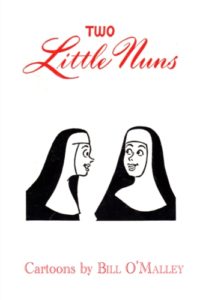 Bill O’Malley’s TWO LITTLE NUNS launched a series of collection of nun cartoons that had America laughing through the 1950s and 1960s. Out of print for more than half a century, this very popular collection (six printings in its first year alone) is now back, ready for a new audience and those who want to look back on their past!
Bill O’Malley’s TWO LITTLE NUNS launched a series of collection of nun cartoons that had America laughing through the 1950s and 1960s. Out of print for more than half a century, this very popular collection (six printings in its first year alone) is now back, ready for a new audience and those who want to look back on their past!